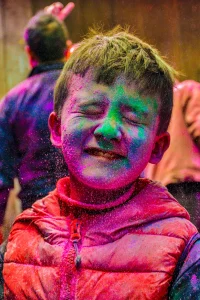Have you ever seen a firefly light up the night sky with its magical glow? It’s like nature’s own little lantern, but the science behind this glow is even more fascinating! Let’s dive into how fireflies create their light and why they do it.

The Science Behind Firefly Glow
Fireflies light up through a process called bioluminescence, a type of chemical reaction that produces light without heat. The glowing takes place in their abdomen, where they have special cells for making light.
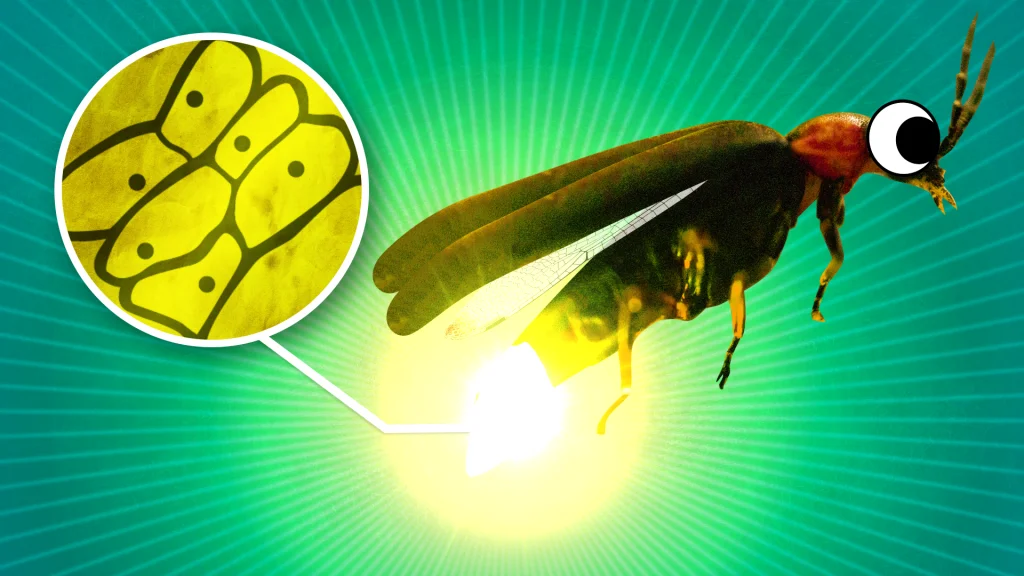
Here’s how it works:
- Luciferin: This is a natural chemical found in the firefly’s light-producing cells.

- Luciferase: An enzyme that helps speed up the chemical reaction.
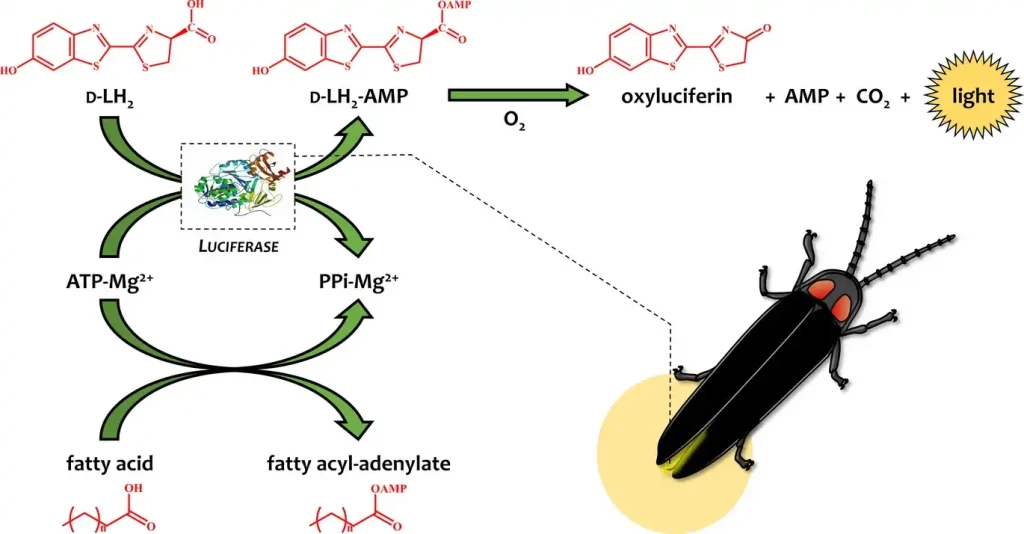
- Oxygen: The firefly needs oxygen for this process.
- ATP (Adenosine Triphosphate): A chemical that provides energy to cells.

When the firefly combines luciferin, oxygen, and ATP with the help of luciferase, it creates a chemical reaction that releases light. This light is cool and doesn’t generate heat like a regular lightbulb. That’s why fireflies can glow without burning up!
Why Do Fireflies Glow?
Fireflies use their glow mainly to communicate. While the glowing might look magical to us, it serves a few important purposes for the firefly:
- Attracting Mates: One of the main reasons fireflies glow is to find a partner. Each species of firefly has its own unique flashing pattern. For example, male fireflies fly around, sending a signal in the form of flashes. If a female likes the signal, she flashes back to him. The two then continue to flash until they meet. It’s like a conversation in light!
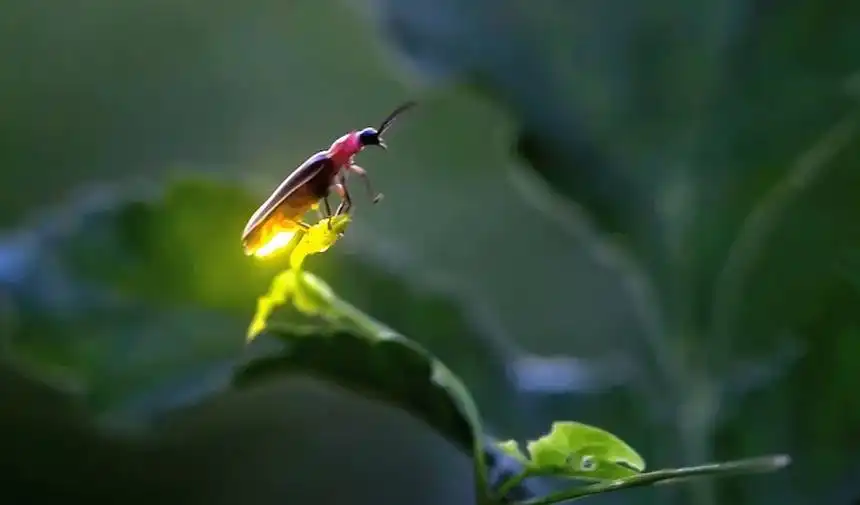
- Defending Against Predators: Fireflies also use their glow to protect themselves from predators. The light can act as a warning, telling animals like birds or frogs that they are not tasty. Fireflies produce chemicals that taste bad, and predators quickly learn to avoid them. Some scientists think the fireflies evolved their glowing ability to warn predators before they were even used for mating signals.
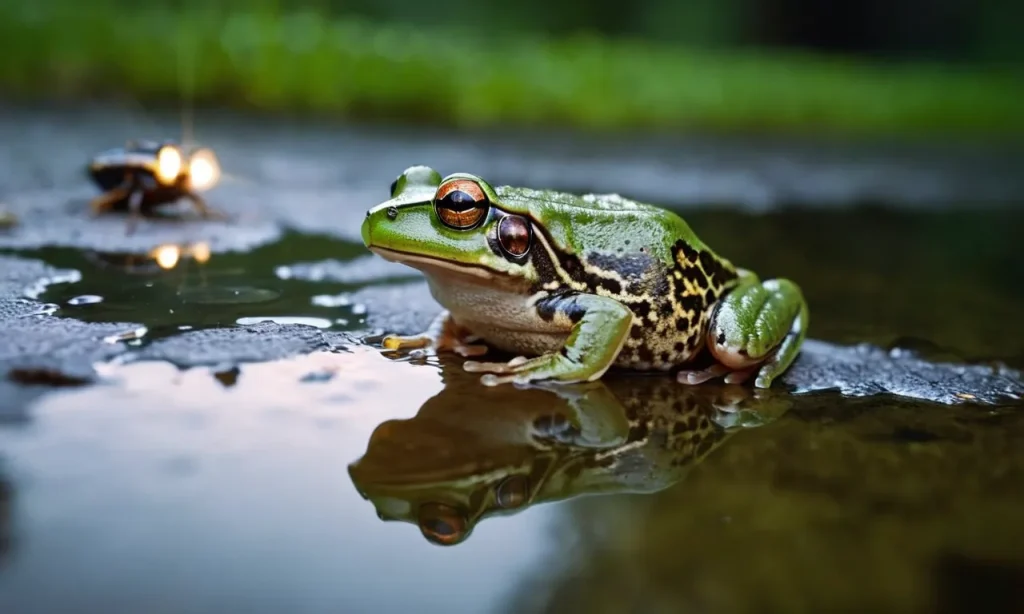
- Other Purposes: In some species, the light is also used for territory marking or other communication purposes. Each firefly species has different flash patterns and reasons for glowing, making their light communication quite complex and unique.

Different Firefly Species and Their Light Signals
There are over 2,000 species of fireflies around the world, and not all of them glow! Some fireflies are active during the day and use pheromones instead of light to communicate.
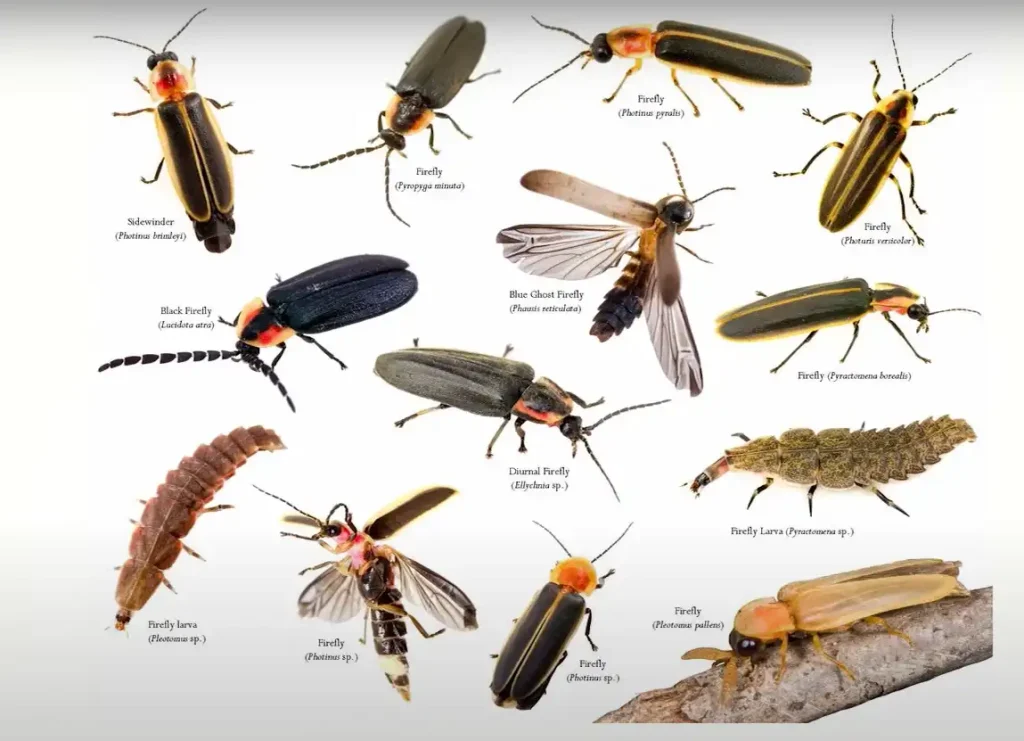
In North America, some of the more well-known species include Photinus pyralis, commonly called the Big Dipper because it flies in a “J” shape while flashing its light. Then there’s the Photinus carolinus, famous for its synchronised flashing in places like the Appalachian Mountains. These species all have their unique ways of flashing to attract mates.
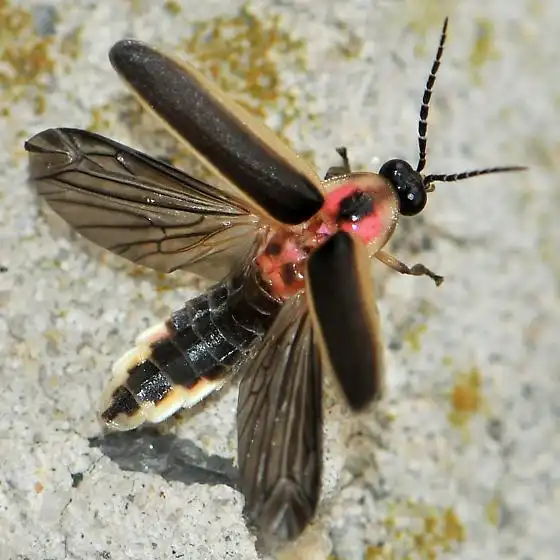
How Fireflies Control Their Glow
So, how do fireflies decide when to glow and when to stay dark? It turns out they have some control over the amount of oxygen that gets to their light-producing organs. By regulating oxygen, they can turn their glow on and off, creating the flashing patterns we see at night. Imagine having a built-in light switch in your body!

Fun Facts About Fireflies
- Not All Fireflies Feed: While firefly larvae (baby fireflies) are known to eat small insects, earthworms, and other tiny creatures, many adult fireflies don’t eat at all!
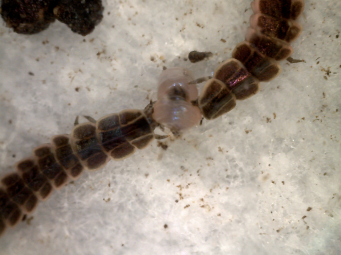
- Some Fireflies Are Tricksters: Some female fireflies of the Photuris species are known to trick males from other species by mimicking the female flash patterns. When the male approaches, thinking he’s found a mate, the female eats him instead! These sneaky fireflies use the male’s light signals to their advantage.

- Synchronised Light Shows: In some regions, fireflies put on amazing synchronised light shows, where hundreds or thousands of fireflies flash in perfect unison. This behaviour is commonly seen in certain firefly species, like the Photinus carolinus.
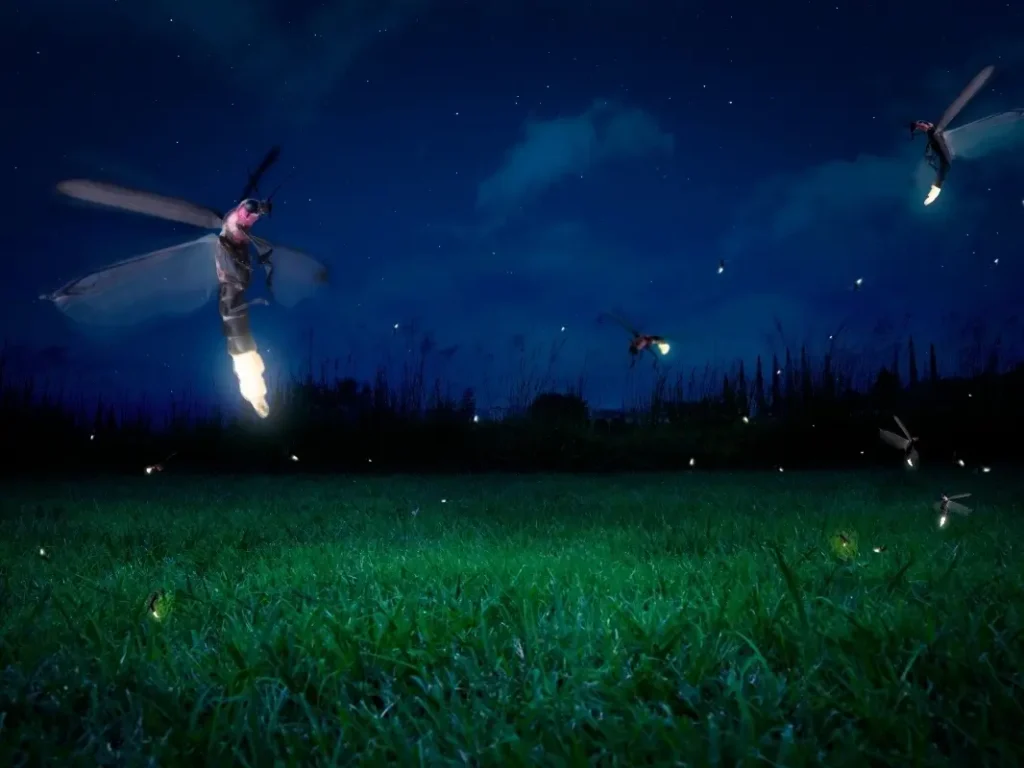
Threats to Fireflies
Sadly, firefly populations are declining in many parts of the world. Some of the main threats to these glowing creatures include:
- Habitat Loss: Fireflies often live in forests, wetlands, and meadows. Fireflies lose their homes when these areas are cleared for development or agriculture.
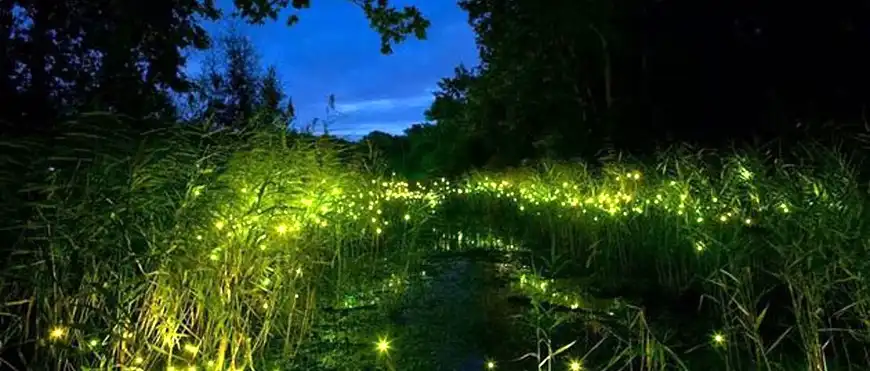
- Light Pollution: Fireflies rely on their glowing signals to find mates. However, artificial light from street lamps, houses, and cars can confuse them and make it harder for them to communicate.
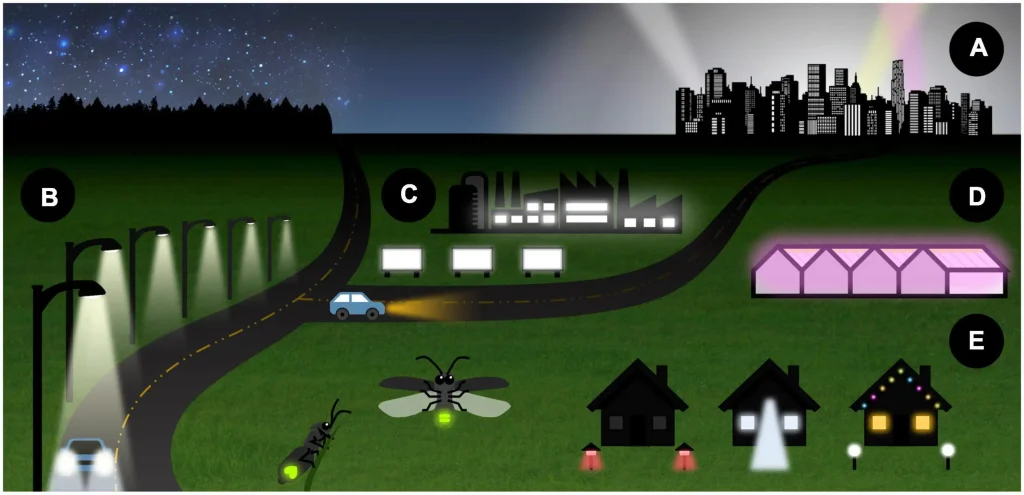
- Pesticides: Chemicals used to kill pests can also harm fireflies, especially when used in large quantities in agricultural areas.

How Can We Help Fireflies?
You might be wondering how we can help protect these magical insects. Here are a few simple things you can do:
- Reduce Light Pollution: If you live in an area where fireflies are common, try turning off unnecessary outdoor lights during the firefly season.
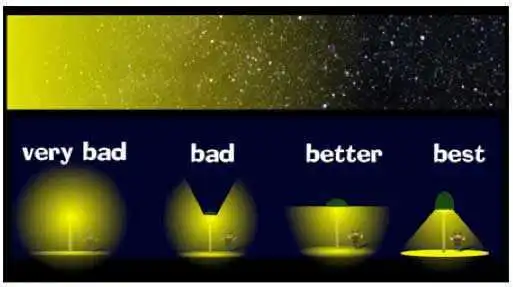
- Create Firefly-Friendly Spaces: Fireflies love damp, dark environments with lots of vegetation. By planting native plants and avoiding the use of pesticides, you can create a space that’s welcoming to fireflies.

- Spread the Word: Talk to others about the importance of fireflies and how we can protect their habitats.

Conclusion:- Fireflies are not only beautiful creatures; they are also fascinating examples of how nature uses light for communication and protection. From their ability to light up the night using chemistry to their complex mating signals, fireflies are indeed one of nature’s most unique insects. However, they face many threats, and we must ensure they continue glowing for many years.
For more interesting articles, please visit www.kidzherald.com




